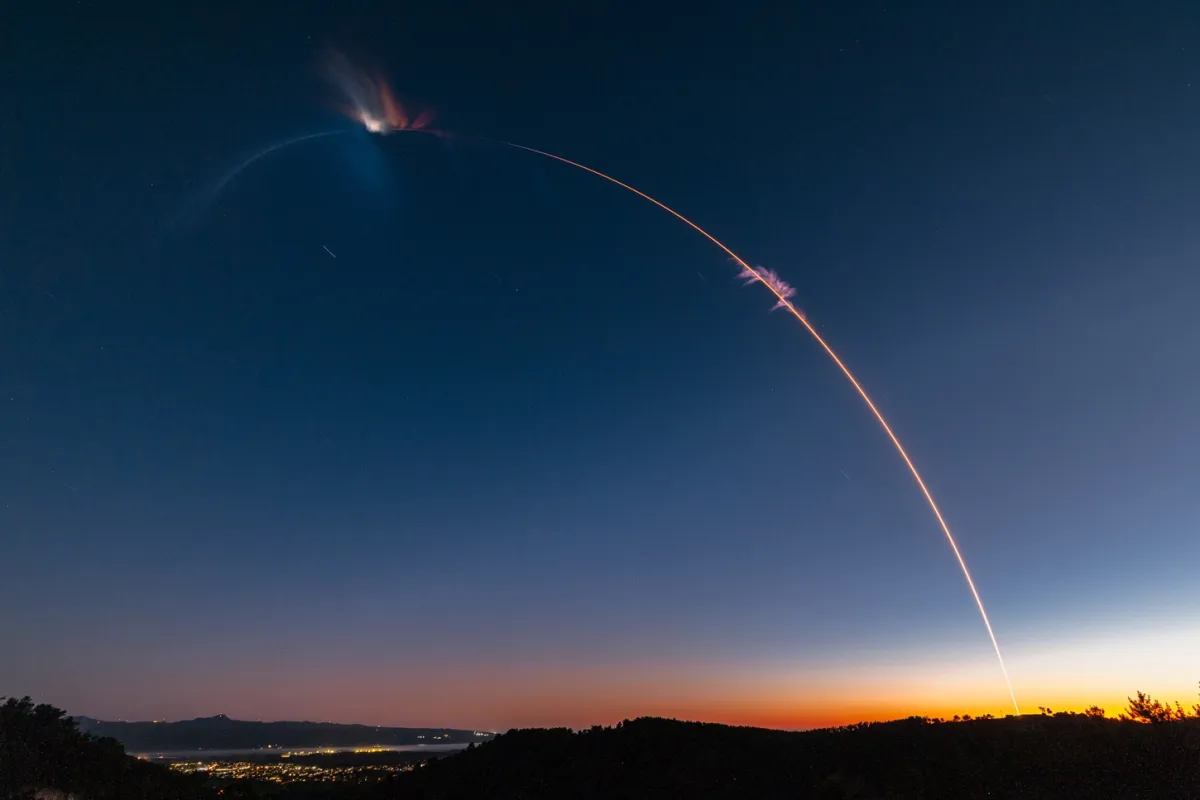Firefly Aerospace achieved a successful mission by deploying eight cubesats into orbit aboard its Alpha rocket, marking the rocket’s return to flight since encountering an upper stage malfunction over six months ago.
The Alpha rocket lifted off from Vandenberg Space Force Base in California at 12:04 a.m. Eastern on July 4, following a brief delay due to ground equipment issues earlier in the week. The rocket began deploying its payload of eight cubesats approximately 35 minutes after the shutdown of its upper stage, with the deployment process expected to last about 11 minutes, according to Firefly’s provided timeline.
“After expected deployment, @NASA‘s CubeSat teams are now awaiting acquisition of signal,” Firefly Aerospace posted on social media three hours post-launch. While the company confirmed the deployment of seven cubesats during the launch webcast, neither NASA nor the cubesat owners provided immediate updates on their status.
NASA’s Educational Launch of Nanosatellites (ELaNa 43) mission included cubesats from several universities and organizations, such as CatSat from the University of Arizona and Serenity from Teachers In Space. The mission was part of NASA’s Venture Class Launch Services (VCLS) Demo 2 program aimed at supporting new small launch vehicles.
Bill Weber, CEO of Firefly Aerospace, expressed satisfaction with the mission’s outcome, stating, “The Firefly team knocked it out of the park.”
Following this successful launch, Firefly plans to conduct additional Alpha rocket missions, including a dedicated commercial mission for Lockheed Martin and a demonstration for the National Reconnaissance Office later this year, utilizing Firefly’s Elytra tug for responsive space capabilities.
